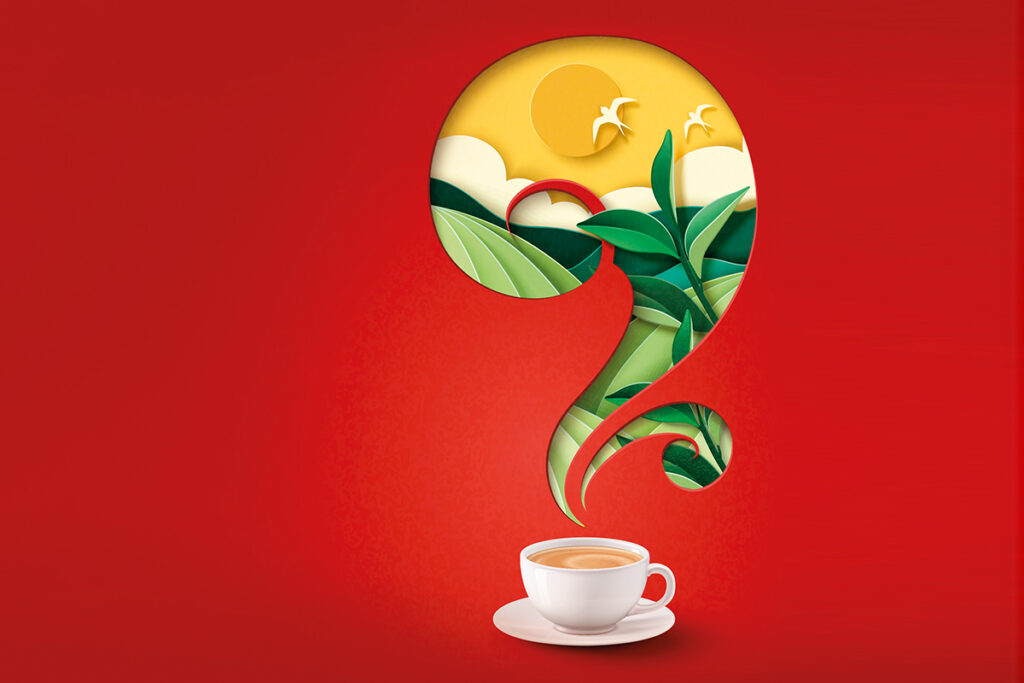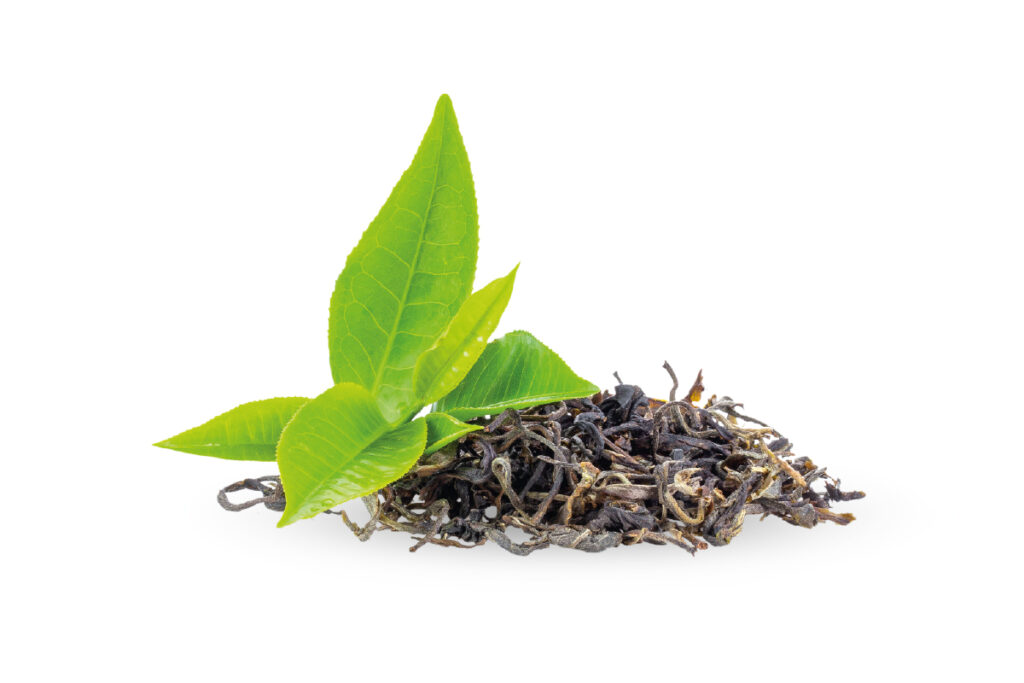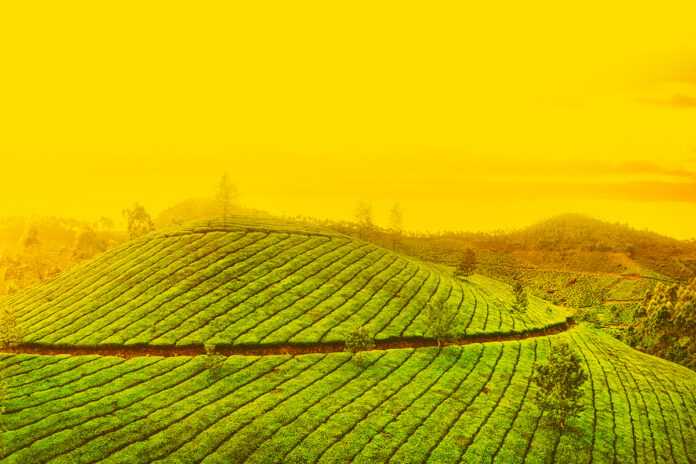Whether its Darjeeling, Assam, green, or otherwise, chai is an integral part of the India’s cultural fabric
Words by Karan Karayi

From the steepling heights of Kashmir to the golden beaches and backwaters of Kerala, there are few unifying forces greater in Indian than Chai. Ubiquitous on every street corner and high rise of India, this humble cup is the unofficial national drink and a steamy everyday staple whose appeal spans classes, from the average Jai on the street, to migrant workers looking to carve out a better life, to industrialists taking in the city view from high above. If India is a bundle of contradictions, a hot cup of chai is the best way to get to the bottom of it.
Just as India has many dazzling avatars to it, so too does a cup of chai. While the British might have gravitated towards a sweetened black tea with cream, the masala chai is as far removed from that cuppa as possible. And Indians everywhere took to making it their own, with some infusing it with Ayurvedic spices, others preferring jaggery to sweeten it, and others creating a whole culinary culture around infusing tea into our food.
That this evolution has happened over less than 2 centuries is remarkable, with Indians consuming approximately 1.2 billion kilograms of the aromatic drink during 2022. It’s amazing that there’s anything left to export at all, and yet, India is one of the top five tea exporters in the world, accounting for around 10% of global exports. Assam, Darjeeling, and Nilgiri teas from India are among the finest and most sought-after in the world, with Darjeeling particularly coveted despite producing less than 1% of our total tea output. Clearly, tea-totallers prefer quality to quantity.
T for Tea Tourism

Much like other industries and markets, India’s tea consumption is heavily dependent on pricing. This explains why Darjeeling, a premium tea belt of the country whose produce is often called the Champagne of tea, look overseas when selling a majority of their produce.
But that operating model is coming into question, with reduced yields and lower prices from export markets acting as twin body blows to tea producers from the region. Tea growers from the region blame the reduced volume of tea production on factors such as climate change and pest attacks. The export orientation of Darjeeling’s tea growers has left them vulnerable to inflation, fluctuating demand, and unviable prices. The time is upon us to showcase the dazzling diversity of tea at India’s disposal, and create a culture of tourism around it (as the Italians have done with wine), and create domestic demand for high quality tea at fair prices for all. Be it the delicate flavours of Darjeeling, the malty brews from Dibrugarh, the creamy varietals of Nilgiri, the hearty flavours of Munnar, the fragrant aromas of Coonoor, or the flavoursome creations of Wayanad and Coorg.
There has been a distinct rise in interest in domestic tourism post the pandemic, as Indians woke up to a world of wonders at their very doorstep as international travel was curbed. Now, it is contingent on those in charge to create a tea tourism experience that showcases tea at its finest, educating enthusiasts and newbies alike, and generating jobs and income that supports the communities that keep our cup of joy overflowing.
We need not look for inspiration; China, Japan, Taiwan, Malaysia, and Thailand are example of how tourism can invigorate local economies and communities, with local touches adding to the experience. Taiwan has Slow Tea Tours, Thailand stays true to nature with its strong black tea, rich with sweetened condensed milk, and served chilled over ice boasting a signature orange colour, while Japan has tea ceremonies where guests are accompanied by butlers and concierges looking to create a memorable experience.
Tea producers have begun to wake up and smell the tea. Some are opening up their estates, gardens, and bungalows to create bespoke luxury experiences drawing in discerning connoisseurs from India and overseas, but there isn’t enough brouhaha around it.
And what of the experience itself? Should the tea and the estates take center stage, or the people making up the local communities, or local experiences with tea as the lubricant of these social experiences? The answers are still being conjured, but India enjoys a distinct advantage in that its array of tea estates offer a multitude of possibilities, from laid-back and leisurely to luxury, from rural to eco-tourism, and from adventurous culinary treats to ayurvedic meditative retreats. Exploring this diversity, and encouraging people to savour such experiences, will be key to ensuring India’s cup of joy keeps overflowing.


